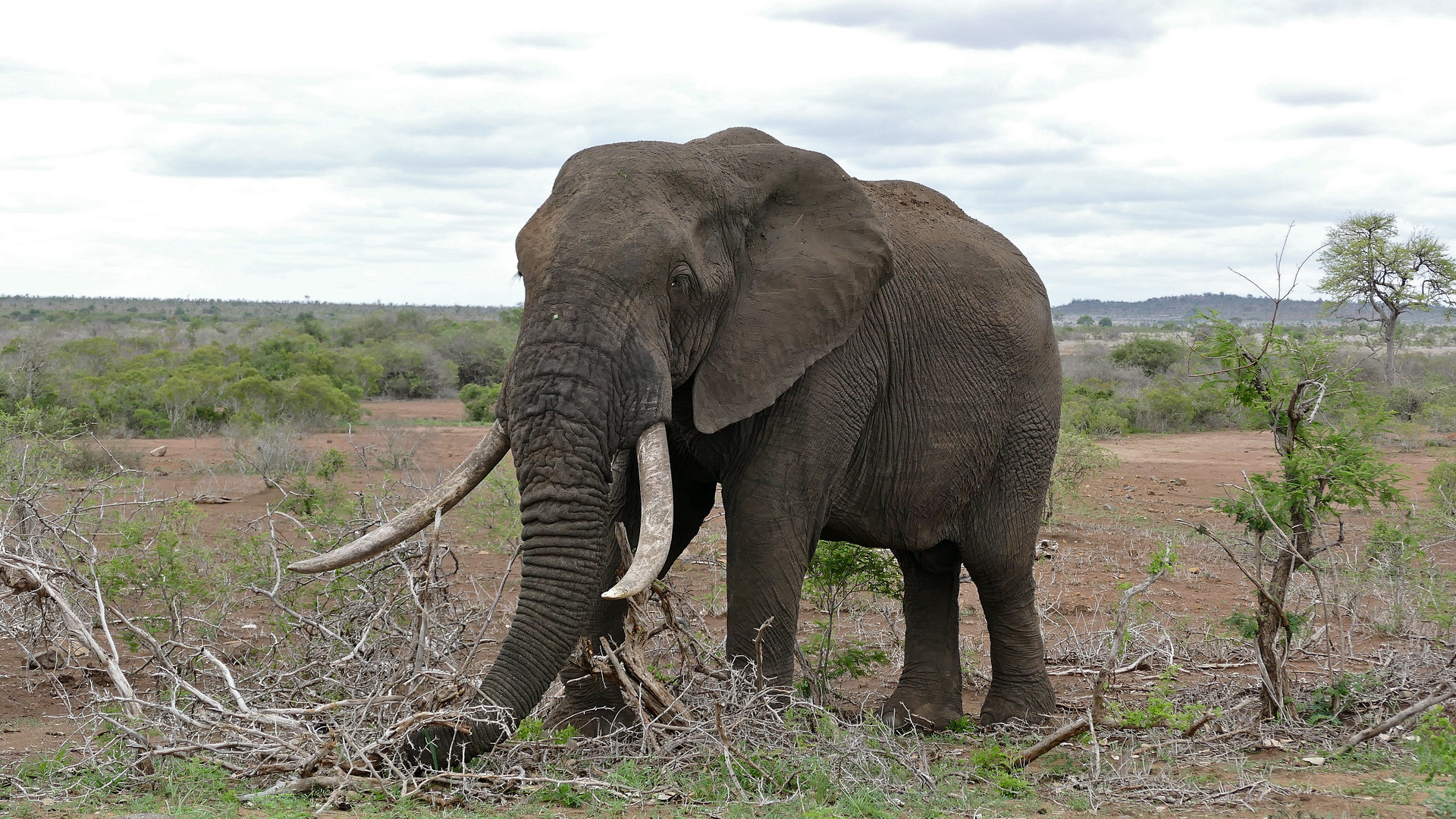As Earth faces the rampant biodiversity loss many scientists call the Sixth Extinction, it becomes more important than ever to talk about the crisis.
There are, I’ve come to realize in my 15 years on the extinction beat, six ways to do this.
The first, of course, involves sharing the devastating news that a species has gone extinct. Researchers have looked for a species for years and, failing to find evidence that it still exists, declare that it has been lost.
These are usually phrased as “probable extinctions,” because it’s harder to prove that an organism doesn’t exist than that it does. Also, calling something “extinct” too early can result in removing the very protections that could be saving it from that fate. That’s always an important context for these discussions.
The Lord God Bird and Dozens of Other Species Declared Extinct in 2021
The second way to talk about extinction — by far the most common — is a warning: An animal or plant, or a group of them, is disappearing and could soon go extinct. Invariably, human activities are to blame for the decline of these populations.
Again, sometimes you find variations on this, such as when we proclaim that a species has disappeared from a specific portion of its range and has become locally extinct. This warning is no less worrisome, though the messaging can sometimes create confusion when people come to believe a species is completely gone.
That brings us to the third way to talk about the subject: Someone is trying to do something to prevent an extinction. These are stories of struggle, science and drama. They can involve heroes, villains and everything in between. They serve to lift us up in the continued fight against human-caused entropy.
A Virus Wiped Out 90% of This Turtle Species. Can It Recover?
Occasionally — and not as rarely as you might think — this leads to discussion number four: People have saved a species from extinction and it’s now recovered — or at least on its way. This serves as a vital counterpoint to the darkness that surrounds stories of loss.
Sometimes these heroic achievements have nuances: Someone finds a species that had previously been declared extinct. This is great news…with reservations. It shows that science works and that people don’t give up. But most of these rediscovered species remain at high risk or are even critically endangered, and they’ve been found in the nick of time for people to (ideally) take action to protect them. That places this kind of conversation somewhere between types two and four. We’ll call it type five.
Which brings us to type six: the discussions that reveal what we’re losing when species go extinct. The beauty. The wonder. The parts of our culture and collective experience. The ecological roles that protect us. The mystery of species not yet understood. The marvel of evolution. The interconnectedness of ecological systems.
Ideally, there should be no type six. These are the messages that belong in discussions one through five, but all too often are left by the wayside. Perhaps that’s why type six is at the bottom of the list: It’s the rarest conversation of all.
And potentially, that’s the reason one through five exist in the first place.
What Losing 1 Million Species Means for the Planet — and Humanity
![]()


